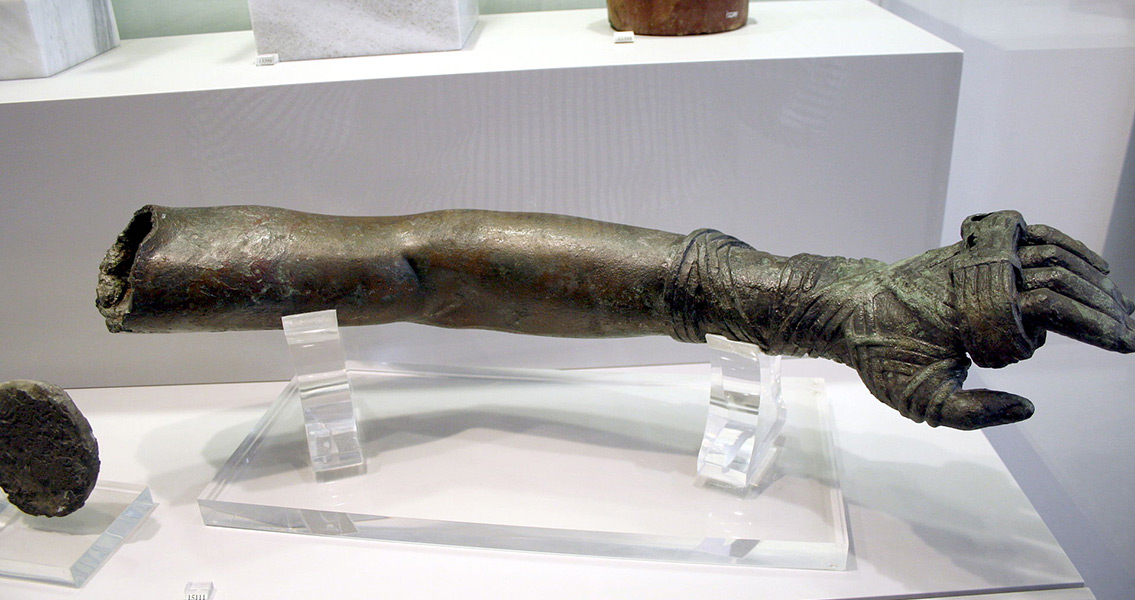<![CDATA[The first scientific examination of the so-called Antikythera wreck, the remains of a ship that sank near the shores of the same-named island in the Aegean Sea, has so far yielded no less than 50 artefacts and is “far from exhausted”, according to a statement by one of the directors of the project, marine archaeologist Brendan Foley. Among these artefacts is a bronze chair arm, fine glass, parts of a bone flute, and some high-quality ceramics, as well as parts of the vessel itself, Past Horizons reports. These parts include two lead anchor stocks, fragments of hull sheathing made from lead, and wooden pieces of the hull. These finds mark just the beginning of the first long-term scientific study of the wreck, which makes use of the latest technology in seafloor mapping. Thanks to that, the divers who took part in the 2015 season of excavation works, between the end of August and mid-September, were able to use a very precise 3D map of 10.5 sq km of seafloor, created last year based on images taken by stereo cameras mounted on an autonomous underwater vehicle. The technology, coupled with metal detection, allowed the divers to identify the debris field of the ship, which spans an area of 40 x 50 metres, and to establish that most of its cargo still lay under some seafloor sediment 55m underwater. The size of the debris field of the ship suggests it was quite a large vessel, and the nature of the finds brought to the surface so far indicate that its passengers belonged to the wealthiest Greeks who lived in 65 BCE, when the ship sank. The quality of ceramic and glassware items is remarkably fine, the researchers say, and there is also one chiseled stone rectangle that was probably the base of a statuette. This find is especially interesting because it has 12 perforations that are filled with a substance which is yet to have been identified. Earlier dives to the wreck, which was first discovered by Greek sponge divers in 1900, recovered 36 statues of Greek gods and heroes, as well as a number of luxury items. By far the most famous artefact discovered under the seafloor off the coast of Antikythera is the Antikythera mechanism – a superbly sophisticated and precise device that can determine the position of a number of planets, including Mars, Venus, and Mercury. The device includes 30 hand-made bronze gears as well as several dials, and a few years ago was analysed with X-ray scanners. This was combined with high-resolution surface imaging, Live Science reported at the time, in 2006, to reveal that the mechanism was even more sophisticated than previously believed. Its front dials had pointers for the Sun and the Moon as well as markings for the signs of the zodiac and the solar calendar. The dials at the back of the device were probably used for predicting solar and lunar eclipses. The research team now studying the wreck where the mechanism was found is carrying out DNA analysis on the ceramic vessels in the hopes of finding out what they contained -- food, drinks, perfumes, or medicines. In addition to that, the team will conduct isotope analysis on the lead objects, which will help determine where the ship set sail from and where the lead was mined. Image courtesy of Wikimedia Commons user: Giovanni Dall’Orto ]]>
First Scientific Dive to Antikythera Wreck Reveals 50 Artefacts
